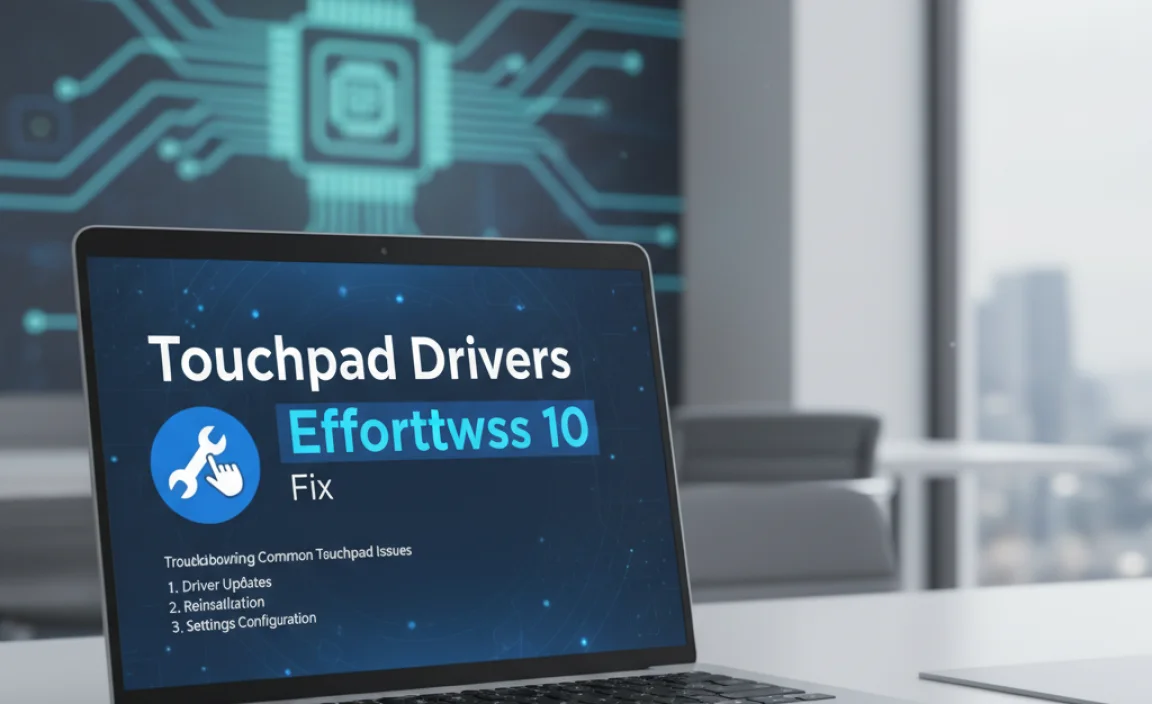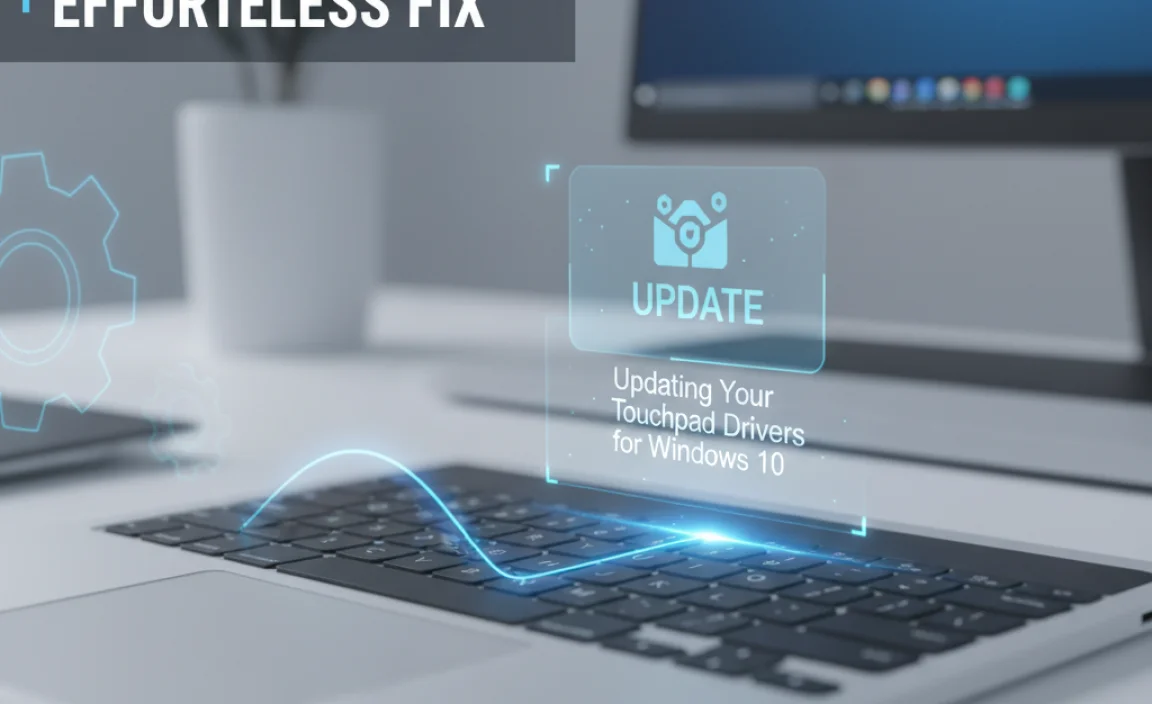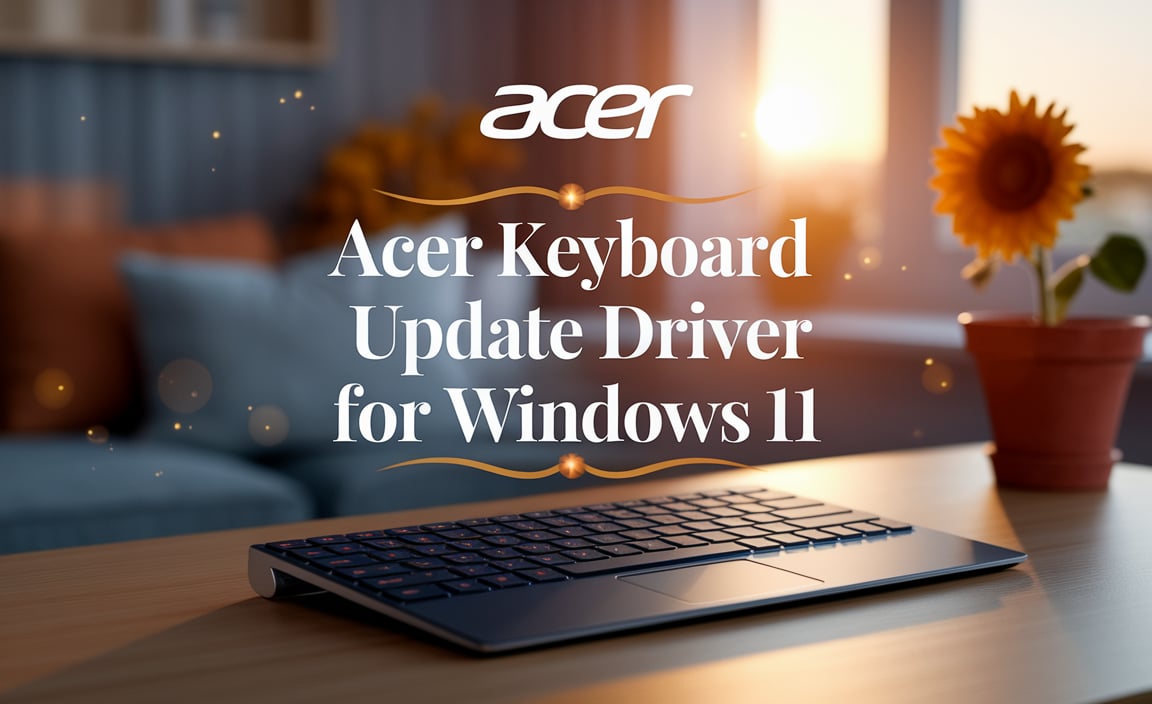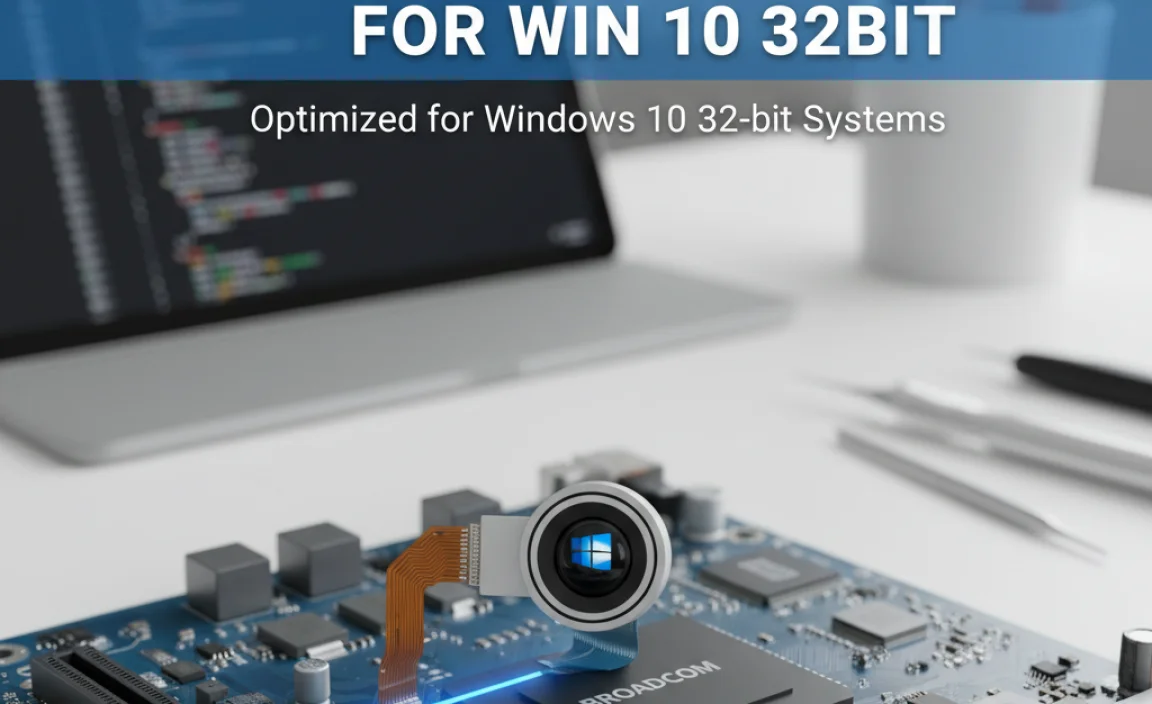Effortless touchpad drivers for Windows 10 are essential for a smooth and responsive computing experience. When your touchpad isn’t working correctly, or is behaving erratically, it can significantly disrupt your workflow and lead to frustration.
Thankfully, addressing these issues is often simpler than you might think, with a few straightforward steps that can bring your touchpad back to its optimal performance in no time.
The touchpad is your primary interface for navigating your laptop, and without functioning drivers, it’s like trying to steer a ship without a rudder. Common problems include unresponsiveness altogether, jerky cursor movement, multi-touch gestures not working, or even the touchpad being completely disabled.
These symptoms almost invariably point to an issue with the underlying software – specifically, the touchpad drivers. Fortunately, Windows 10 is designed to be quite adept at managing these drivers, and often, a quick update or reinstallation can resolve the problem.
Troubleshooting Common Touchpad Issues in Windows 10

Before diving into driver updates, it’s worth checking a few basic things. First, ensure your touchpad hasn’t been accidentally disabled. Many laptops have a function key combination (often Fn + F1 to F12, look for an icon resembling a touchpad) that toggles the touchpad on and off.
Also, check your laptop’s manufacturer website for any specific utility software that might control touchpad settings. Sometimes, a simple setting within this software could be the culprit. If these simple checks don’t yield results, it’s time to explore the world of touchpad drivers for Windows 10.
Updating Your Touchpad Drivers for Windows 10

The most common and effective solution for touchpad problems is updating the drivers. Windows 10 is equipped with Device Manager, a powerful tool that allows you to manage all the hardware components of your computer, including your touchpad.
1. Open Device Manager: The easiest way to access Device Manager is to right-click the Start button and select “Device Manager” from the context menu.
2. Locate Your Touchpad: In Device Manager, expand the “Mice and other pointing devices” or sometimes “Human Interface Devices” category. You should see your touchpad listed here, often with a name that includes “Touchpad,” “Synaptics,” “ELAN,” or your laptop manufacturer’s brand.
3. Update Driver: Right-click on your touchpad device and select “Update driver.”
4. Choose Search Option: You’ll then be presented with two options: “Search automatically for drivers” and “Browse my computer for drivers.”
“Search automatically for drivers” is the simplest option. Windows will scan your computer and the internet for the latest available driver. If it finds one, it will download and install it for you.
“Browse my computer for drivers” is useful if you’ve already downloaded a driver from your laptop manufacturer’s website. You can then direct Windows to the location where you saved the downloaded file. Select “Let me pick from a list of available drivers on my computer” if you suspect Windows has a compatible driver already loaded but not actively in use.
If Windows reports that you already have the best driver installed, but the problem persists, don’t despair. The next step involves uninstalling and then reinstalling the driver.
Reinstalling Touchpad Drivers for Effortless Fixes
Sometimes, even if Windows believes it has the correct driver, the current installation might be corrupted or outdated. Reinstalling the driver can often rectify these deeply embedded issues.
1. Open Device Manager: Navigate to Device Manager as described above.
2. Locate Your Touchpad: Find your touchpad device.
3. Uninstall Device: Right-click on your touchpad and select “Uninstall device.” You might see a checkbox asking if you want to “Delete the driver software for this device.” If you do, check it. This ensures a clean slate.
4. Scan for Hardware Changes: After uninstalling, go to the “Action” menu at the top of Device Manager and select “Scan for hardware changes.” Windows will then detect the missing touchpad hardware and attempt to reinstall a generic driver or the driver that exists on your system.
5. Reboot Your Computer: It’s highly recommended to restart your computer after uninstalling and reinstalling drivers. This allows Windows to fully apply the changes.
The Manufacturer’s Touchpad Drivers
For the most optimized experience, it’s often best to download touchpad drivers for Windows 10 directly from your laptop manufacturer’s official website. These drivers are specifically tested and configured for your particular hardware model.
1. Identify Your Laptop Model: You’ll need to know the exact model of your laptop. This information is usually found on a sticker on the bottom of your laptop or within your system information settings.
2. Visit the Manufacturer’s Support Website: Go to the support or downloads section of your laptop manufacturer’s website (e.g., Dell, HP, Lenovo, Asus, Acer).
3. Enter Your Model or Service Tag: Use the search function to find the support page for your specific laptop model. You might need to know your service tag or serial number for precise results.
4. Download the Latest Touchpad Driver: Look for the “Drivers & Software” or “Downloads” section and find the latest touchpad driver for Windows 10. Download the executable file.
5. Install the Driver: Run the downloaded file and follow the on-screen instructions. This will typically involve a simple installation wizard. You will likely need to restart your computer after the installation is complete.
Advanced Troubleshooting: Windows Update
While manual driver updates are often the quickest solution, you can also rely on Windows Update to find and install drivers.
1. Open Windows Settings: Press `Windows key + I` to open Settings.
2. Go to Update & Security: Click on “Update & Security.”
3. Check for Updates: Click “Check for updates.” If optional updates are available, you may see a link allowing you to view them. Touchpad drivers are sometimes listed as optional updates.
4. Install Optional Updates: If your touchpad driver is listed under optional updates, select it and click “Download and install.”
Addressing touchpad issues through driver management in Windows 10 is generally an effortless process. By systematically updating or reinstalling your touchpad drivers, either through Device Manager or directly from your manufacturer’s website, you can swiftly resolve most common problems and restore your laptop’s responsiveness. Don’t let a malfunctioning touchpad hinder your productivity; empower yourself with these simple troubleshooting steps.


